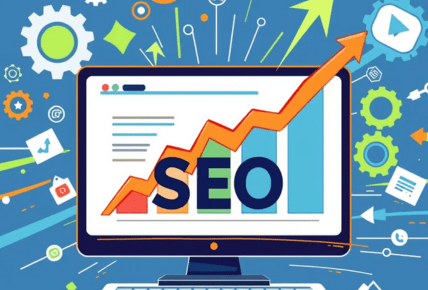Despite being one of the oldest digital communication tools around, email still has a place in modern business. It definitely has a place in ecommerce marketing. Email can be leveraged in a number of ways to reach customers who may not respond to other types of messaging. The challenge is leveraging email without overwhelming customers.
Email Has Its Advantages
Email is an ecommerce marketing strategy utilized by the experts at Salt Lake City’s Webtek Digital Marketing. The Webtek team insists that email has its advantages, advantages worth leveraging for better marketing. At the top of the list is email’s ubiquitous nature.
An estimated 4.26 billion people still use email on a regular basis. That number is expected to grow to 4.73 billion over the next couple of years. This, despite the prevalence of social media, private messaging, chat apps, and SMS texts. The fact is that people still use email and are likely to do so for the foreseeable future.
Email’s other advantages include near instant delivery, low cost, and above-average conversion rates. But once again, the challenge is learning how to leverage email for maximum benefit without overwhelming customers.
2 Ways to Leverage Email for Ecommerce Marketing
Ecommerce operators use email in some very creative ways. There are too many to do them all justice in a single post. As such, let us focus on just two examples:
1. Abandoned Cart Reminders
How often have you placed items into an online shopping cart only to be pulled away by something else? You abandon the cart even though it was never your intention. Would an email reminder encourage you to go back and complete the transaction?
Abandoned cart reminders represent an effective way to get visitors back to the website where they can be converted to paying customers. Email has a pretty high conversion rate when used for this purpose.
2. Connecting With Customers via Newsletters
Another good use for email in ecommerce marketing is connecting with customers via a newsletter. Ecommerce is such that most people do not shop on the same sites every single day. They might even wait weeks or months before visiting the same ecommerce site again.
If customers can be encouraged to sign up for an email newsletter, they can be kept in the loop in between visits. The newsletter can even function as a promotional tool encouraging them to shop when they otherwise would not.
The Threat of Being Relegated to Spam
Although email represents an effective ecommerce marketing tool with consistently high conversion rates, it has its downsides. The biggest is the ever-present threat of emails being relegated to spam. That is the last thing an ecommerce operator wants.
The biggest email services employ sophisticated spam identification techniques that sometimes backfire. But even smaller operators can inadvertently send legitimate emails to spam if not configured properly.
What can an ecommerce operator do? Learn how to craft email messages that will get past most spam filters. I do not have space to get into details here, but two things to remember are:
- Avoid sales-heavy language and excessive links. Keep both to a minimum.
- Make sure email messages offer relevant, useful content. Fluff doesn’t get by spam filters easily.
Email is not dead despite what so many marketers have said in the past. Billions of people continue to use it, making it a remarkably effective tool for ecommerce marketing. Learn how to leverage it and email can generate a pretty good return. Neglect it and you have one less tool to draw customers into your ecommerce family. The choice is yours.





